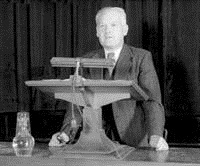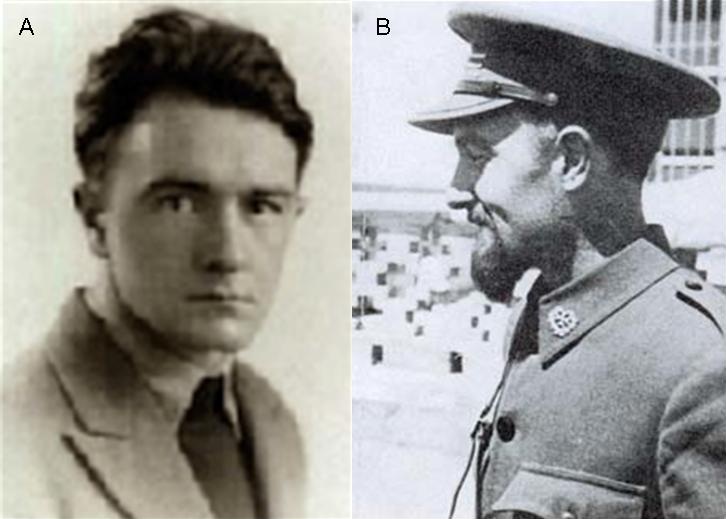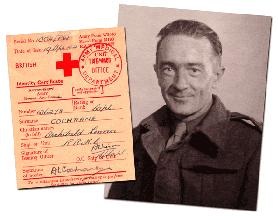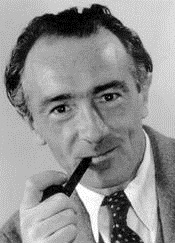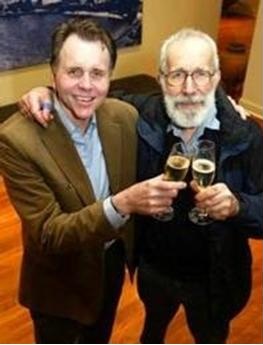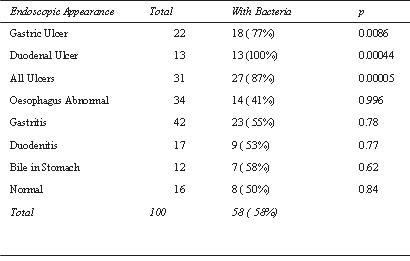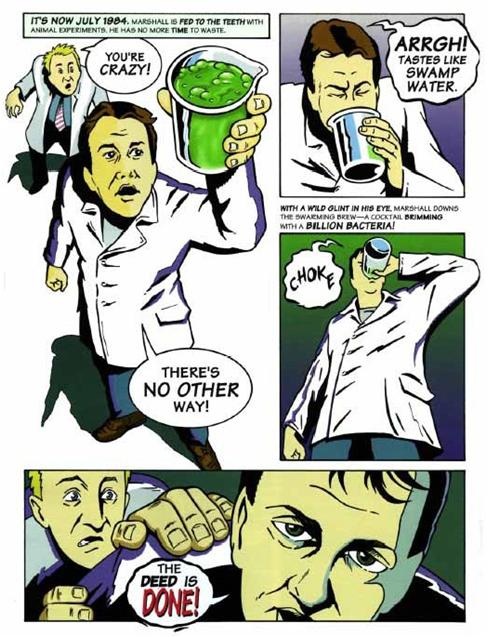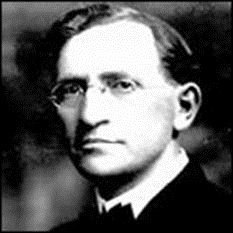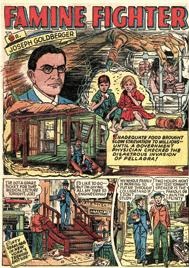Profiles in Medical Courage: Women’s Rights and Sima Samar
 Thursday, October 4, 2012 at 4:37AM
Thursday, October 4, 2012 at 4:37AM “A state that does not educate and train women is like a man who only trains his right arm.”
― Jostein Gaarder, Sophie's World
Richard A Robbins, MD
Phoenix Pulmonary and Critical Care Research and Education Foundation
Abstract
Previous profiles have focused on physicians who placed their careers in jeopardy to follow their beliefs. Sima Samar is different because she has not only risked her career, but her life. She has shown extraordinary courage in ignoring death threats and defying religious misogynists to ensure that Afghan girls and women had access to health care and education. Following the fall of the Taliban in 2001, Dr. Samar became the first woman appointed to a cabinet position in the interim Afghan government. Ousted by religious conservatives, she serves today as the chair of the Afghan Independent Human Rights Commission.
Early Lessons
Samar was born on February 3, 1957 in Jaghori, a major business center situated in the highlands of central Afghanistan. Her father, Qadam Ali, was a civil servant and her mother, Khurshid, was the first of his two wives. She was one of eleven children and a member of Afghanistan's Hazara ethnic minority. The Hazara are a mountain tribe of Shiite Muslims who have been long oppressed by the Sunni majority.
During Samar’s childhood, women could receive an education. Samar was sent to school and recalls first noticing ethnic tension in the second grade (1). She was mocked by her Sunni teacher for naming a Muslim holy man in the minority Hazara dialect.
Although Afghan women could vote and often held such prominent positions including judges or governmental ministers, they were still subject to a paternalistic society. Arranged marriages, encumbering restrictions, and husbands with multiple wives were common. "My brothers had more freedom than me in every way," Samar recalled to Alex Spillius of the London Daily Telegraph (2). "They could go where they wanted outside the house." Some of her memories were even more distressing. Her elder sister, Aziza, resisted an arranged marriage to a cousin. “Aziza was only 17 years old," Samar told Sally Armstrong (3). "I remember seeing my mother drag her by her hair to the room where our cousin waited and force her to marry him." Aziza died an unhappy woman at age 21, but before she did, she gave her little sister two words of advice- "Study hard".
Samar took her sister's guidance to heart and threw herself into her studies to avoid a similar fate. She became an avid reader, especially devouring Persian books about improving the lot of women and the poor. Her hard work was eventually recognized. Upon graduation from high school in 1975, she was offered scholarships to attend college in both Australia and Hungary. However, Samar's father forbade her to accept either scholarship to study abroad because unmarried women were not allowed to leave home. Even her acceptance at Kabul University was in jeopardy. To receive her father’s approval, she agreed to an arranged marriage to a man of her father’s choice to continue her education.
Kabul and Political Upheaval
Her father’s selection of a husband proved to be a good one. In 1975, at the age of 18, Samar married physics professor Abdul Chafoor Sultani. Luckily, Sultani was supportive of his wife's academic goals, and she genuinely admired him. The couple set off for Kabul University, and began a quiet existence where Sultani was a physics professor and Samar attended medical school. Together they did the cooking, the housework and raised their newborn son.
However, politics disrupted their quiet life. The late 70’s were a tumultuous time in Afghanistan. The People's Democratic Party of Afghanistan came to power through the Saur Revolution in 1978. Their rule proved highly unpopular not only within Afghanistan, but also the neighboring Soviet Union. The Soviet Union invaded and installed a puppet government in their place. Sultani and Samar joined the resistance movement fighting Afghanistan's Soviet rule, but the couple's political activism came at a high price. Late one night in 1979, Sutani and three of his brothers were kidnapped by 10 men. They were never seen again. "I still don't know the full who, what and when," Samar told Spillius (2). “Every Friday, we were in front of the big jail from early morning to late evening, hoping for news,” Samar said. “There was no news.”
Her husband's tragic disappearance left Samar alone with a young son and an unfinished education. Leaving her son in the care of her parents, Samar persevered and in 1982 became one of the first Hazara women to obtain a medical degree. After a 4 month residency at Wazir Akbar Khan Hospital, she fled Kabul, retrieved her son and settled in the rural area of Jorhi. There were no hospitals, no medical facilities, no exam rooms, but there she provided medical treatment to patients throughout the remote areas of central Afghanistan. With only a stethoscope and a blood pressure cuff, she often traveled to see patients on foot or horseback, but gained a first hand knowledge of the hardships they faced. "Practicing medicine in a rural district demonstrated brutally that the lives of women were nearly unbearable," Samar told Armstrong (3), "and that the lack of education was a direct cause of the turmoil the country was in."
Pakistan
In 1984, Samar was stricken with whooping cough and her weight dropped dramatically (4). Unable to find medical care for herself, she traveled to Quetta, the Hazara region of Pakistan. “I went to Quetta for treatment,” she said “but then I realized I could get an education for my son there, and I would be able to get funds to help my work”. Once there, she began her life’s work in earnest. Only one hospital there accepted female patients. With initial funding from the NGO, Inter-Church Aid, she opened a hospital for women and children in 1987. Two years later, she founded the Shuhada (Afghan for martyr) organization, dedicated to women and children's needs (Figure 1). Rauf Akbeari, who would become Samar's second husband, helped oversee the organization's operations.

Figure 1. Panel A: Dr. Sima Samar seeing patients. Panel B: A Shuhada clinic at Kart-e-Sulh in central Afghanistan which serves a population of 9,000.
The Taliban
The Soviets withdrew from Afghanistan in 1992 and the United States that had backed the resistance withdrew as well. Violence and guerilla warfare erupted in the power vacuum. The eventual victors were the Talban, a group of Islamic fundamentalists. Under the Talban’s reign, women lost most of their rights and freedoms. They were denied the right to equality, freedom, the vote, and the abilities to work or inherit. Even highly educated women were forced into slave labor or begging to survive.
Under the auspices of Shuhada, Samar started to open clinics and schools on both sides of the Afghanistan-Pakistan border. Always controversial, her pursuits were now beginning to attract the unwanted attention of the Taliban. Not surprisingly, Samar's ongoing efforts at educating and uplifting the poor, especially females, were not looked upon favorably. Similarly, her adamant refusals to don the burqa (head to foot dress), observe purdah (seclusion of women from the public), or silence her calls for equality were not appreciated. Indeed, Samar was openly threatened with death if she did not close down her hospitals and schools for women and girls. According to journalist Sally Armstrong, she simply replied, "You know where I am, I won't stop what I'm doing."
True to her word, Samar ignored myriad death threats and fearlessly continued her work. She sometimes relied on trickery, such as operating schools in private homes or posting lower grade levels than were actually taught to circumvent the Taliban’s rules. At other times, she was more openly confrontational. One such instance was when she confronted a Taliban officer who had commandeered a truck loaded with supplies intended for one of her clinics. Coincidentally, the officer's mother had come to Samar for medical treatment around the same time. "It was construction materials . . . and about 6 metric tons of high-protein biscuits from Norway," Samar explained to Steve Lipsher in the Denver Post (5). "They took the whole thing. I told [the officer], "If you don't release my supplies, I'm going to take your mother hostage here in the clinic." The construction materials were returned the next day.
In addition to her social activism, she continued to serve as a physician. She was the first to recognize the increased prevalence of osteomalacia in women wearing burgas, probably due to lack of vitamin D produced by sunlight, .
After the Taliban
The September 11, 2001 terrorist attacks on the United States led to the US invasion of Afghanistan and the ousting of the Taliban. An interim government with Harmid Karzai as the interim president was put into place in December. Much to her surprise, Samar was appointed as one of five deputy prime ministers and the minister of women’s affairs in the new government, becoming the first Afghan woman ever to hold such a high position.
She returned to Afghanistan from Pakistan but her role as women's affairs minister soon presented its own set of challenges. "I knew that it would be difficult," she told journalist Steve Lipsher (5). "I didn't know that it would be this much difficult." She operated out of her own home, had no office, no supplies, no staff and no budget. Women lined up at her door, telling their tales of abuse, forced marriages, and lost jobs but Samar could do nothing.
To make matters worse, she was ignored in cabinet meetings. Each time a male minister addressed the group, he opened with the phrase, “Brothers, brothers”. Even Karzai used the same phrase. “During the 23 years of war, there were no women in any decision-making, in any policy roles,” she said (6). “The political parties had no women. So they were not used to a woman’s face, a woman’s presence. We had to make a space for ourselves.” So Samar pulled Karzai aside and told him “Brothers, brothers” excluded her and she called for more female ministers in the government, schools for married women, and an end to arranged marriages. "After the meetings," she told Spillius (2), "people say I make too much noise, so I say: why did they appoint me? I am not confrontational . . . that doesn't work . . . but I have to say what I want for women."
She was no more patient with American politicians. She recounts a meeting with Secretary of State Colin Powell in Washington (7). She told Powell, “…please do not repeat the mistakes that you made before… You created these monsters [the Taliban]. Please don’t support them again.” She also chastised him for not being supportive of the Afghan government, spending money on war rather than rebuilding Afghanistan’s infrastructure and having too few US miliary women in Afghanistan. She was no more polite when Powell and Congressional delegations visited Afghanistan (Figure 2).

Figure 2. US Senator Chuck Hagel (left) meeting with President Hamid Karzai (center) and Dr. Sima Samar (right).
In response to her demands, conservatives waged a war of veiled threats and open menace. Matters came to a head in June of 2002 when she was accused of questioning Islam by saying she did not believe in Sharia law in Maujajed’s Message, a Canadian Persian language newspaper (1). Although she vehemently denied the allegation, conservatives ran a front-page headline in a local newspaper calling Samar "Afghanistan's Salman Rushdie," in reference to the Muslim author branded as a heretic by Iran's Ayatollah Ruhollah Khomeini in the 1980s. The damage was done. With little political support at home or the US, Afghan President Hamad Karzai did not appoint her to his permanent government in June, 2003. Certainly disappointed, but unapologetic, she told Kathy Gannon of the Scotsman (8), "I really don't know what my mistake was. I am a woman, I am outspoken, I am a Hazara. That is enough, I guess."
Although Samar's political career was brief, she seems hardly the kind of woman to remain silent. After leaving her cabinet post, she became chair of the Independent Afghanistan Human Rights Commission, and despite ongoing death threats, she continues to operate the Shuhada hospitals and schools and to speak on behalf of women's and human rights. By 2004, the Shuhada Organization operated four hospitals and 12 clinics in Afghanistan and Pakistan, along with 60 Afghan schools. Internationally recognized for her diligent efforts, she also received many accolades, including the 2003 inaugural Perdita Huston Human Rights Award and the 2004 John F. Kennedy Profile in Courage Award. It may be that Samar herself described best why her talents and determination might be best suited to a non-political arena when she told Gannon (8), "I believe we cannot change the country with only words. We have to change it with our minds, our hearts and our attitude."
However, her career in politics may not be over quite yet. In 2011 she was one of the founders of the Truth and Justice Party, a multi-ethnic party opposed to President Hamid Karzai’s regime.
References
- Gale Encyclopedia of Biography: Sima Samar. Available at: http://www.answers.com/topic/sima-samar (accessed 8-24-12).
- Spillus A. People say I make too much noise: Dr Sima Samar,Afghanistan's first minister for women's affairs, talks to Alex Spillius. The Daily Telegraph. February 22, 2002.
- Armstrong S. Rebel unveiled. Chatelaine, April 1, 2002. Available at: http://business.highbeam.com/436992/article-1G1-83994864/rebel-unveiled (accessed 8-24-12).
- Samar S. Despite the odds - providing reproductive health care to Afghan women. N Engl J Med 2004;351:1047-9.
- Lipsher S. Women's advocate defies the odds Afghan official battles poverty, male culture. Denver Post, January 27, 2002. Available at: http://www.denverpost.com/archives (accessed 8-24-12).
- Frey J. A Healing Force For Afghan Women; From Her Cabinet Post, Sima Samar Sees a Long, Hard Road Still Ahead. Washington Post, April 24,2002. Available at: http://www.highbeam.com/doc/1P2-351850.html (accessed 8-24-12).
- Cott M, Whelan R. Interview with Dr Sima Samar. International Review of the Red Cross 2010;92:847-57. Available at: http://www.icrc.org/eng/assets/files/review/2010/irrc-880-interview.pdf (accessed 8-24-12).
- Gannon K. She was the minister who fought for Afghan women. Now she is dumped. The Scotsman, June 25, 2002. Available at: http://www.highbeam.com/doc/1P2-12988802.html (accessed 8-24-12).
Reference as: Robbins RA. Profiles in medical courage: women's rights and Sima Samar. Southwest J Pulm Crit Care 2012;5:197-202. PDF

